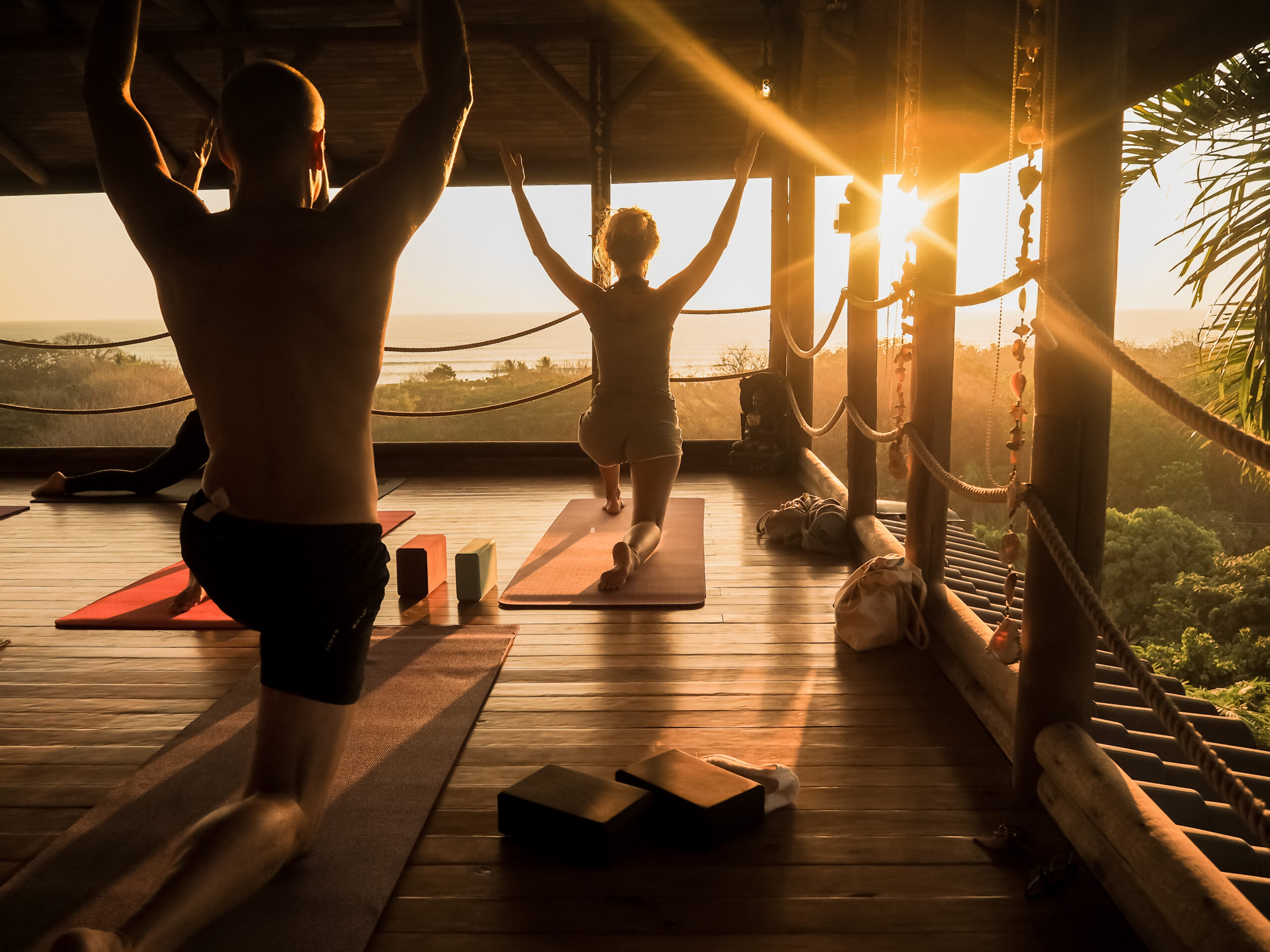by Caitlin O’Donnell
There is plenty of advice on financially preparing for retirement, but most people don’t prepare for retirement in other areas of life. For example, it’s common for a retiring person to say they’ll travel more often. But is it feasible to travel 24/7? If not, what will they do in between trips? Where will they travel to? How will it fit into their budget? Having vague or unrealistic plans often leads people to feel unfulfilled or unsure of what to do with themselves after the initial joy of retirement wears off. A flexible plan with multiple interests and options can lead to a happier, healthier retirement. Below are some things to consider when creating a retirement plan.
Find a sense of purpose.
Some people consider their career their purpose and a huge chunk of their identity. For others, it’s only something they had to do to survive. But even people in the latter category may be surprised by how much their career defined them. Retirement can be an excellent opportunity for a person to reinvent themself.
A retiree needs to find intrinsic motivation and inspiration to maintain their well-being. Setting personal goals can replace the sense of accomplishment many people get from working. Some common goals include obtaining a specific new skill, making new friends, furthering their education or spending more time with loved ones. Others find purpose in volunteering, helping with grandchildren, caring for a pet or working part-time.
Tend mental and physical health.
Long-term health is an essential consideration for someone who is creating a retirement plan. After all, most people’s routines revolve around their work schedule. Creating a new routine with new habits can be challenging and often takes a lot of pivoting. People who don’t have a plan often lose their old healthy habits and become depressed or lonely.
The right exercise routine can increase a person’s chances of remaining independent. Strength exercises can improve balance, support bone density and help prevent falls. Stretching regularly can help maintain range of motion. Going to the gym may not be for everyone. Many retirees enjoy walking outside, riding a bike or taking up a sport like golf or tennis. Purchasing a fitness tracker might be helpful. People are often surprised to see how active or inactive they actually are.
While physical exercise, particularly aerobics, can contribute to mental sharpness, having a mental fitness routine is vital as well. There are many games and apps for this purpose. Retirees also often enjoy various kinds of puzzles, reading, playing instruments, writing memoirs or gardening to keep their minds sharp.
Stay social.
Social interaction is one of the most essential forms of mental stimulation. Healthy social relationships correlate with having a longer, healthier life. It can boost cognitive abilities for days after the positive social interaction and stave off illnesses. Retirees who have healthy social interactions are more confident. Having a supportive social network can make a person feel more understood, which helps if they begin to feel lonely or depressed. Retirement is a great time to join clubs, volunteer, adopt a pet or reconnect with loved ones.
Have a succession plan.
Those who love their careers, especially entrepreneurs, have difficulty letting go. Some may even feel guilty. Succession planning can give retirees a sense of closure. The plan may include helping to choose or train their replacements, finishing projects they’re passionate about or documenting their methods for successors to use.
Those who plan to work part-time after retirement may stay with their company but scale back their hours and responsibilities. Sometimes, they scale their hours back gradually over a few years, so the transition is less dramatic








Leave A Comment